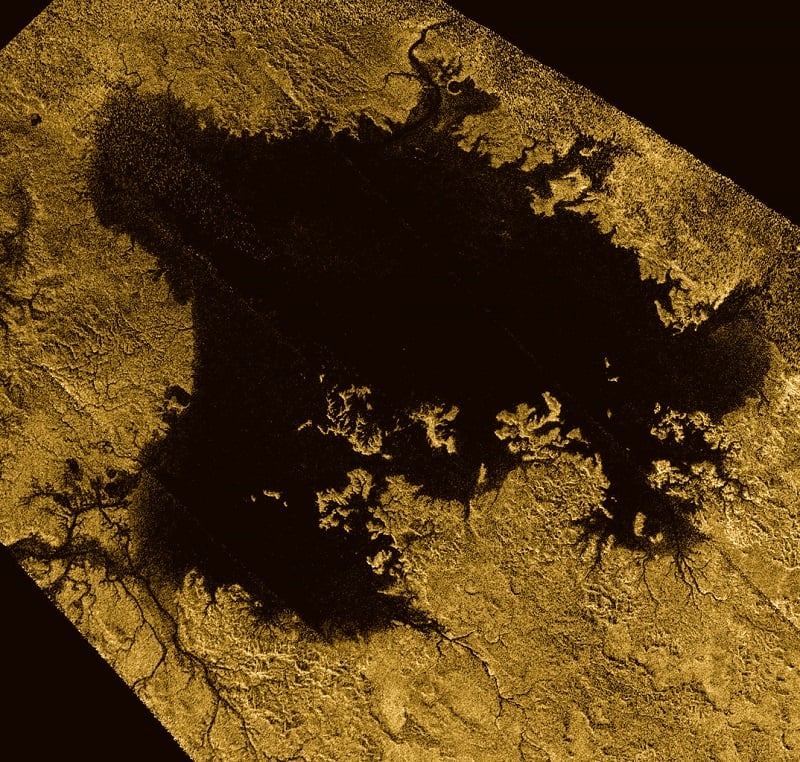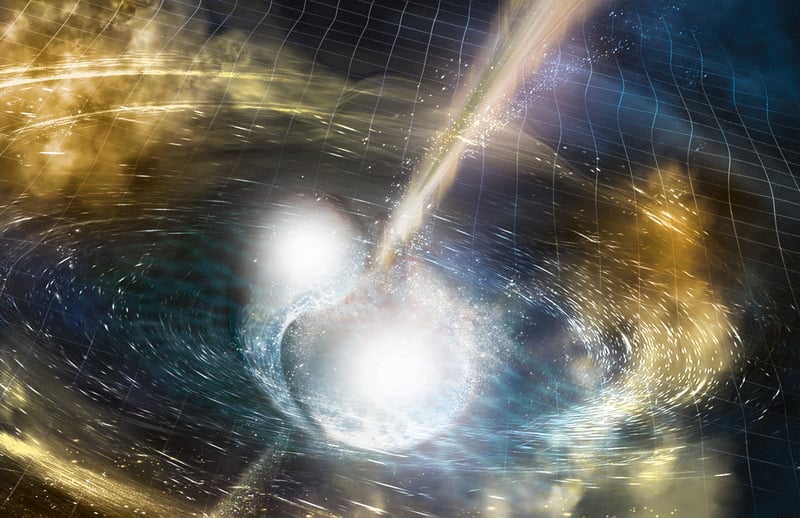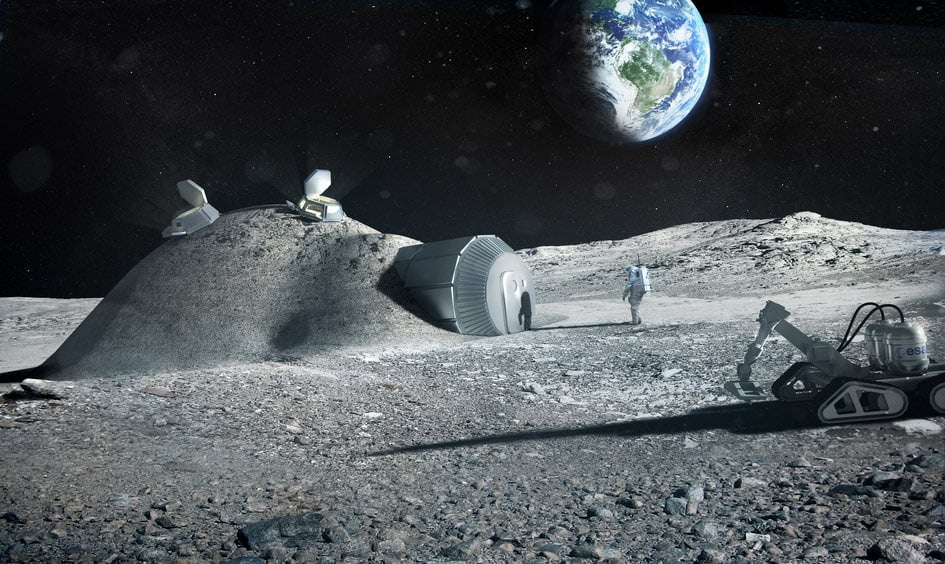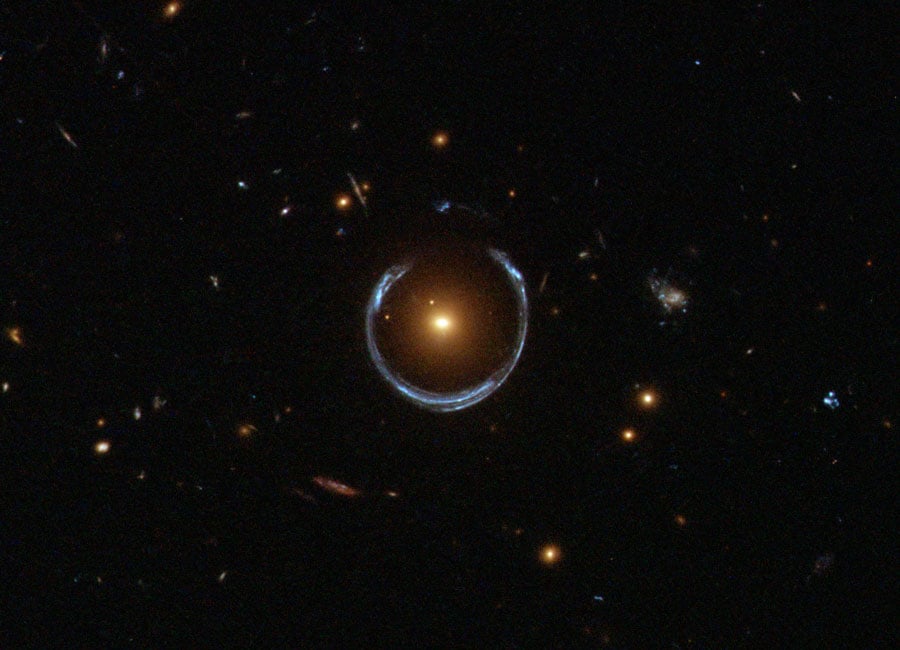
Continue reading

An international team of astronomers recently made the first-ever observation of a black hole in a nearby globular cluster
Continue reading

Researchers at McGill University are developing what they call the Life Detection Platform, a compact, robotic, energy-efficient system for detecting life on other worlds.
Continue reading

Based on Cassini data, two new studies have been produced that reveal some new and interesting things about Saturn's largest moon, Titan
Continue reading

Based on recent gravitational wave research, a team of scientists from the University of Frankfurt have placed an upper limit on the mass of neutron stars
Continue reading

For the first time, a team of researchers have managed to recreate gamma ray bursts (GRBs) in the lab, opening new venues for research into cosmic phenomena
Continue reading

Continue reading

The James Webb Space Telescope just emerged from 3 months of vacuum-chamber testing, another milestone on the road towards its deployment next year
Continue reading

Continue reading

With the deployment of the Arkyd-6 spacecraft, Planetary Resources just took a major step towards making asteroid mining a reality
Continue reading

A new study by a team of Chinese researchers considers whether a space-based laser station would be a good way to remove space junk
Continue reading

A series of possibly "skylights" have been spotted in the Moon's norther polar region, offering possibilities for future exploration and maybe even a lunar base someday.
Continue reading

Continue reading

A recent study based on data from multiple orbiters indicates that Mars has multiple sheets of subsurface ice, and they run deep!
Continue reading

Thanks to a recent study by an international team of researchers, scientists now know why rapidly-spinning black holes blast out jets of charged particles.
Continue reading

According to a recent statement by a top engineer from the China Aerospace Science and Technology Corporation, China is still in control of the Tiangong-1 space station.
Continue reading

Continue reading

The Chinese National Space Administration is going to have a busy year, with more than 40 launches to space scheduled for 2018
Continue reading

Continue reading

According to recent study by a team of NASA scientists, ozone depletion around the south pole has decreased by 20 percent in the past 12 years.
Continue reading

Continue reading

Located in the Leo constellation, roughly 35 million light-years from Earth, is the intermediate spiral galaxy known as Messier 65 - one of three small galaxies that make up the Leo Triplet.
Continue reading

This year, a number of companies will begin deploying constellations of internet satellites to space with the intent of providing global internet
Continue reading

Continue reading

Continue reading

A team of astronomers from the University of Cambridge recently showed how the Gaia mission could also help in the search for gravitational waves.
Continue reading

This year, China's Chang'e 4 mission will head to the far side of the Moon to study the local geology and the effects of lunar gravity on insects and plants.
Continue reading

As it makes its way towards the asteroid Bennu, the OSIRIS-REx mission continues to provide us with breathtaking images of our planet.
Continue reading

A new study from Tabetha Boyajian and a team of over 100 astronomers has ruled out the possibility of an alien megastructure around "Tabby's Star".
Continue reading

According to the latest predictions, China's Tiangong-1 space station is going to come crashing to Earth in March - but residents of Earth need not worry!
Continue reading

Continue reading

A new study by a team of international astronomers has provided the first direct evidence that supermassive black holes affect star formation in their galaxies.
Continue reading

The Gravitational Microlensing method relies on rare events (one star passing in front of another) to focus light and search for exoplanets.
Continue reading
Continue reading

Continue reading

Located in the Coma Berenices constellation, roughly 24 million light years from Earth, is the spiral galaxy known as Messier 64 (aka. The Black Eye Galaxy).
Continue reading

Happy New Year 2018.
One of the toughest choices we made last year was to not write a full astronomical guide for 2018. We've done this in one iteration or another now for about a decade, but an ongoing project (also astronomical in nature) has consumed most of our writing hours... but we recently realized that we can still take stock in what's in the sky for the year ahead... and give you a sneak peek at part of our project for the end of 2018.
Continue reading

In preparation for the inaugural launch of the Falcon Heavy rocket, SpaceX recently released pictures of Musk's Tesla Roadster being loaded aboard the rocket's payload fairing.
Continue reading

Continue reading

Looking to the center of our galaxy, astronomers noted the presence of a mysterious filament extending from the supermassive black hole located there.
Continue reading

According to a recent study, multi-celled lifeforms lived on Earth as early as 3.5 billion years ago - a good indication that life exists elsewhere in the Universe.
Continue reading

The Radial Velocity (aka. Doppler Spectroscopy) Method relies on measurements of a planet's "wobble" to determine the presence of one or more planets around it.
Continue reading

NASA has chosen the Dragonfly mission concept as a finalist in its New Frontiers program. The double-quadcopter drone is designed to explore Titan and study habitability.
Continue reading

A mew study by a team of exoplanet scientists has revealed what kinds of planets are likely to lurk around Alpha Centauri, the nearest star system to our own.
Continue reading

A new study by an international team of researchers has suggested that Mars formed farther from the Sun than previously thought.
Continue reading

A new study of a well-known exoplanet has revealed something very strange. Apparently, the planet orbits its star from pole to pole.
Continue reading

Continue reading

Continue reading

According to a new study, the recent merger of two neutron stars (which was detected thanks to the gravitational waves it created) most likely led to the creation of a black hole.
Continue reading

A research team recently applied a Google "neural net" to Kepler data, which conformed the existence of a star system with eight planets.
Continue reading

















































